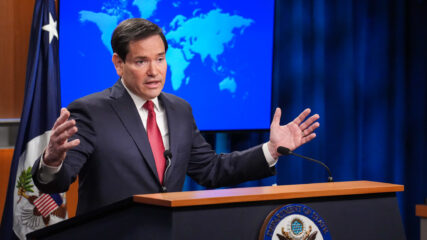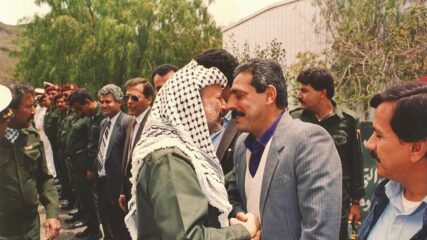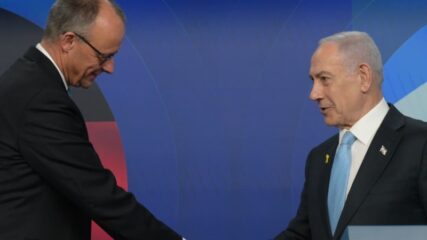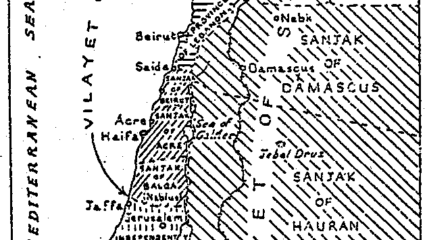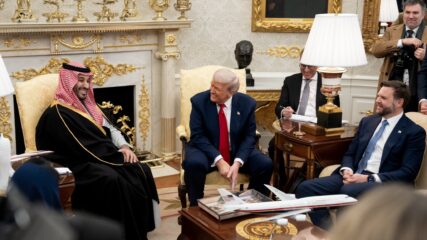Kenneth Stein, “Palestine’s Rural Economy, 1917-1939,” Studies in Zionism, Vol. 8, No. 1 (1987), pp. 25-49.
During the early decades of the 20th century in Palestine, the majority Arab population sustained itself primarily through agricultural and pastoral pursuits. The land and its management dominated the peasant’s life. Palestinian fellaheen precariously but diligently existed in degrees of subsistence and poverty. The annual struggle to survive required rugged persistence. It necessitated an almost fatalistic acceptance of repeated destitution and regular financial insolvency. The rural economy’s nature prevented the peasant from enjoying economic or political independence.
Land was the nexus of economic and, ultimately, political power in Palestine. Those who controlled or benefited from cultivating, renting and selling land were, as elsewhere in the Middle East, the dominant if not domineering social, economic and political elite. The Palestinian peasant was bound to the land because alternative occupations in commerce, industry, manufacturing or manual labor were scarce; over a period of centuries he relied upon cultivation and grazing for his primary income in the absence of investment capital or exploitable natural resources.
What was critical to all who depended on agriculture was the quantity of produce. The state claimed its taxes, the landowner sought a part of the yield as rent, and the peasant wanted his share to support himself and his family and to pay portions of what seemed endless debts. Any factor that interrupted the growing or harvesting process was in some measure economically harmful. There seemed to be an unending stream of causes which hindered agricultural production and prevented rural solvency in Palestine. These conspired together to hamper development.
The purpose of this essay is to identify and explain those factors which influenced the rural economy’s evolution and to indicate how Palestine’s rural population faired during the emerging Arab-Zionist struggle to control the country’s political future.
Read the Full Article in a Printable PDF

